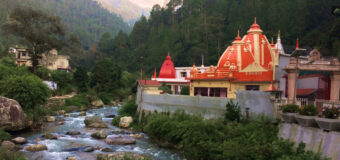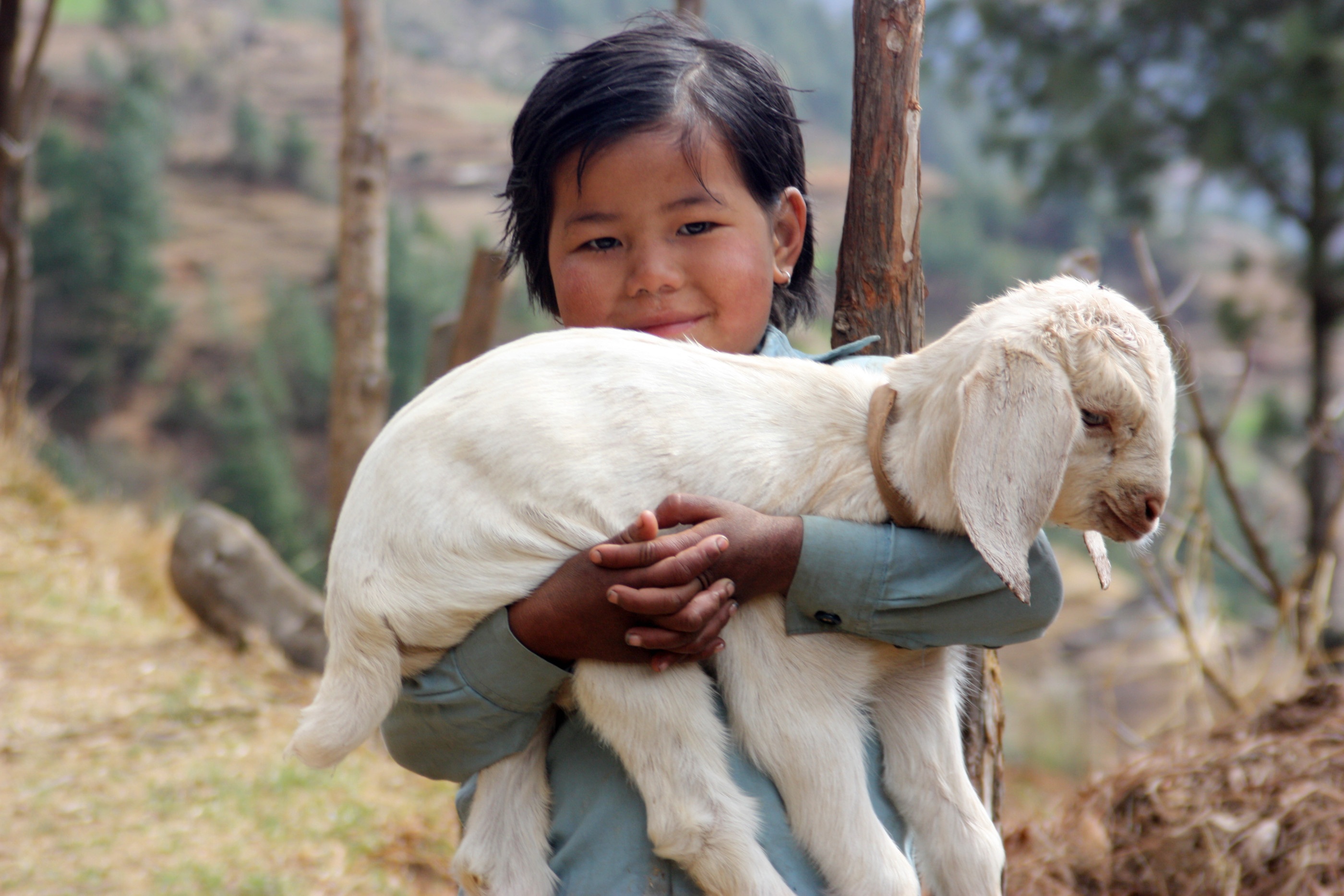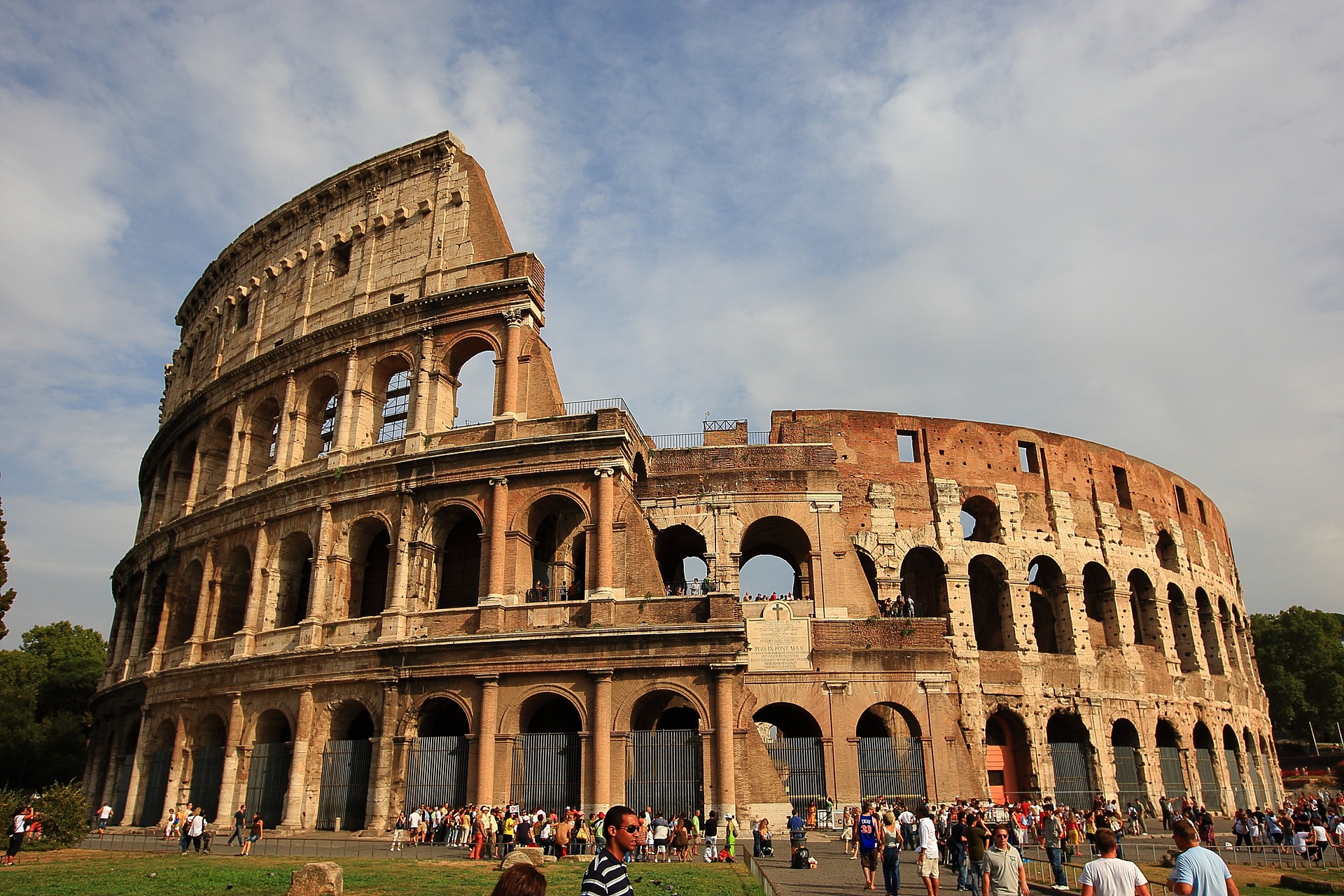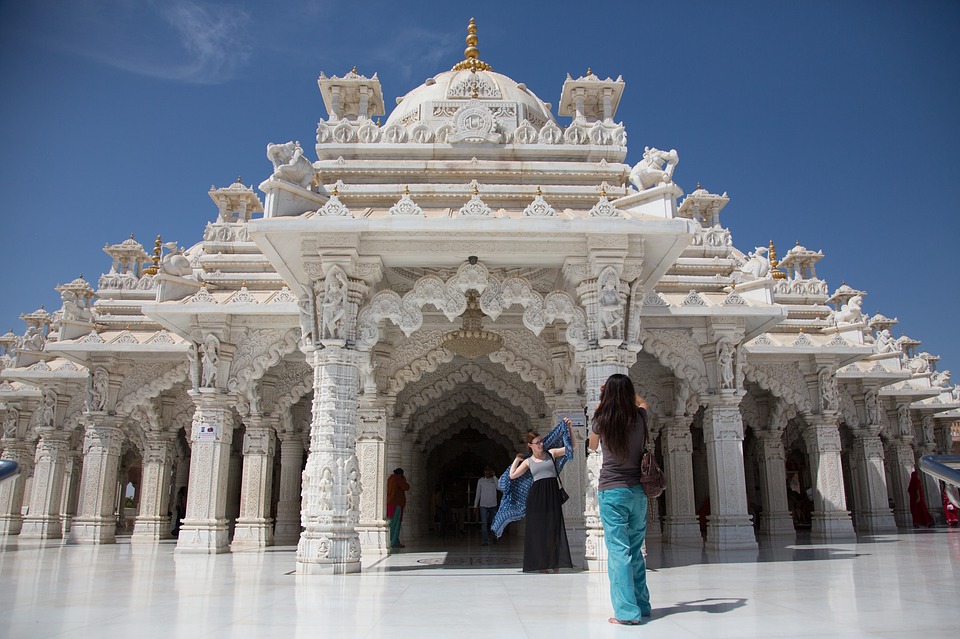The Everest Base Camp trek is more than fair a hike it’s a amazing travel that weaves through the heart of the Himalayas, inundating you in towering crests, Sherpa culture, rippling supplication banners, and the extreme objective: standing at the base of Mount Everest, the most elevated mountain on Soil., Whether you’re a prepared trekker or an yearning traveler looking for a life-changing experience, the Everest Base Camp (EBC), trek conveys an unmatched mix of normal magnificence and otherworldly serenity.
Why Everest Base Camp Trek is a Global Bucket List Item

Trekking to Everest Base Camp is not about overcoming the summit it’s approximately encountering the grandness of Everest up near whereas being a portion of a centuries-old social scene. This trek gives you the chance to walk in the strides of mountaineering legends like Sir Edmund Hillary and Tenzing Norgay, whose notable climb of Everest in 1953 propelled eras of adventurers.,But the travel is more than a chronic way. It’s a moving attraction through Nepal’s Sagarmatha National Park—a UNESCO World Legacy Site—home to uncommon natural life, old cloisters, and a few of the most photogenic scenes on the planet.
Trek Overview
- Duration: 12 to 16 days (counting acclimatization days)
- Maximum Height: 5,545 meters (Kala Patthar)
- Trek Trouble: Direct to Challenging
- Starting Point: Lukla (open through a brief flight from Kathmandu)
- Best Time to Go: March to May and September to November
Route Details: Step by Step to Everest
Day 1: Kathmandu to Lukla, at that point trek to Phakding (2,610 m)
The experience starts with one of the most exciting flights in the world: Kathmandu to Lukla. Upon landing on the little airstrip settled on a Himalayan edge, you’ll start your trek with a delicate walk to Phakding, passing through pine woodlands and along the Dudh Koshi River.
Day 2–3: Phakding to Namche Bazaar (3,440 m)
Crossing swinging suspension bridges and beautiful valleys, you’ll reach Namche Bazaar, the bustling Sherpa capital of the region. It’s moreover your to begin with acclimatization halt. Appreciate a climb to Everest See Lodging or the adjacent Khumjung town, with wonderful sees of Ama Dablam and impressions of Everest itself.
Day 4–5: Namche to Tengboche (3,860 m) to Dingboche (4,410 m)
The path climbs through rhododendron woodlands to Tengboche, domestic to the celebrated Tengboche Monastery—set against an all encompassing background of Everest, Nuptse, Lhotse, and Ama Dablam. From here, you move to Dingboche, a wind-swept snow capped town, culminating for another acclimatization day with alternatives to climb up Nagarjun Hill.
Day 6–7: Dingboche to Lobuche (4,940 m) to Gorak Shep (5,164 m) and Everest Base Camp (5,364 m)
As elevation increases, the territory gets to be more fruitless. You’ll pass the dedications of fallen climbers close Thukla and proceed to Lobuche. The other day, you’ll thrust to Gorakshep, drop your packs, and head toward the notorious Everest Base Camp. Standing on this sacrosanct ground, encompassed by ice towers and the Khumbu Icefall, is a strange minute of triumph.
Day 8: Climb to Kala Patthar (5,545 m) and Return to Pheriche (4,288 m)
I Woke up some time recently to climb Kalapatthar, where the best views of Mount Everest are anticipated. Not at all like Base Camp, which doesn’t offer coordinated views of Everest’s summit, Kalapatthar gives the culminating vantage point. After splashing in the view, plummet to Pheriche.
Day 9–12: trek Back to Lukla through Namche
The travel down offers modern viewpoints and time to reflect. You’ll follow your steps back through Sherpa towns and stream intersections to Lukla, where you’ll celebrate your accomplishment.
Highlights of the Trek

1. Mount Everest Up Close
The trek gives you the uncommon chance to walk through the territory that climbers and Sherpas navigate. Whereas you don’t reach the summit, being at Base Camp is an earth shattering accomplishment in itself.
2. Sherpa Culture and Hospitality
From supplication wheels and mani stones to conventional lodges, each step is soaks in Buddhist otherworldly existence. Meet Sherpas who carry stories of versatility and shrewdness from the world’s harshest conditions.
3. Old Monasteries
The Tengboche Cloister, in specific, is a famous stop—visiting it, whereas ministers chanting in the midst of the background of Everest is unforgettable.
4. Emotional Himalayan Scenery
Everest, Lhotse, Ama Dablam, Thamserku, Nuptse—the trek is a parade of Himalayan mammoths, icy masses, and valleys cloaked in clouds or lit up by the sun.
5. Kalapatthar Sunrise
This is ostensibly the most wonderful portion of the trek. At 5,545 meters, Kalapatthar offers the best all encompassing sea of Everest, shining brilliantly beneath the morning sun.
Culture Along the Trail
Trekking in the Khumbu region is moreover a social drenching. You’ll pass through towns where conventions stay solid. Houses built of stone, colorful supplication banners shuddering in the wind, and yaks brushing unreservedly all tell the story of individuals who’ve flourished in this extraordinary environment for centuries.
The Sherpas take after Tibetan Buddhism. You’ll experience turning supplication wheels, white stupas, and chortens. Most towns have gompas (cloisters), and celebrations like Dumje and Mani Rimdu bring together the whole community in colorful celebrations.
Wildlife and Flora
Sagarmatha National Stop isn’t fair near the mountains. See out for:
- Himalayan Tahr
- Snow Panther (rare)
- Red Panda (greatly rare)
- Musk Deer
- Pheasants like the Danphe (Nepal’s national bird)
Spring (March–May) sees slopes blossom with rhododendrons, making the path more colorful and magical.
Physical Preparation and Difficulty
The EBC trek doesn’t require mountaineering abilities, but it does request physical wellness. You’ll walk for 5–7 hours every day, frequently at tall heights. The key challenge is not the steepness, but the lean air—acclimatization days are vital.
Tips to prepare:
- Start preparing at slightest 2 months in advance
- Focus on cardio, climbing, and strength
- Break in your trekking boots early
- Learn around elevation affliction and symptoms
Accommodations and Food
The “teahouse” culture makes this trek one of a kind. Teahouses are cozy lodges run by neighborhood families advertising fundamental however warm neighborliness. You’ll find:
- Twin-bed rooms (shared toilets in most cases)
- Nutritious dinners like dal bhat, noodles, soup, potatoes, and Tibetan bread
- Hot drinks and snacks
- Wifi and charging for a charge (particularly higher up)
As you climb, alternatives become more constrained, but dal bhat (rice, lentils, and vegetables) remains the generous staple of each trekker’s diet.
When to Go: Seasons at a Glance
Spring (March–May)
Clear skies, warm days, rhododendron blooms
Busy season with more trekkers
Autumn (September–November)
Stable climate and best mountain views
Peak season, particularly October
Winter (December–February)
Cold and less trekkers
Trails may be blanketed and lodges closed at higher altitudes
Monsoon (June–August)
Rainy, cloudy, leeches underneath 3,000 m
Best maintained a strategic distance from unless you’re an experienced hiker
Responsible Trekking and Sustainability
The Khumbu region is sensitive, both environmentally and socially. Hone Take off No Follow principles:
Don’t litter; utilize assigned bins
Avoid single-use plastics
Use reusable water bottles and decontamination tablets
Support neighborhood lodges and businesses
Respect social norms—ask some time recently taking photographs and dress modestly
What Makes It Unique?
There are incalculable trekking courses in Nepal, but the Everest Base Camp trek combines:
- World-famous peaks
- Spiritual heritage
- Sherpa hospitality
- Historical significance
- A sense of shared accomplishment with individuals from around the world
No other trek offers this exact mix of adrenaline, culture, and emotion.
Practical Tips Some time recently You Go
Trek with a Direct and porter: Not as it were for security and ease, but too to back nearby employment.
Get the Right permits: You’ll require a Sagarmatha National Stop Allow and a Khumbu Pasang Lhamu Rustic Region Passage Permit.
Pack Light, Pack Keen: Layers, down coat, trekking shafts, resting pack, headlamp, water channel, snacks.
Cash is Lord: Carry Nepali rupees in little categories, particularly for higher villages.
Conclusion: A trek That Remains with You Forever
The Everest Base Camp trek is not a physical challenge—it’s a significant individual trip. With each step, you rise over your limits, interface with individuals from distinctive strolls of life, and end up with a portion of something distant bigger than yourself. When you last stand at Base Camp or look at Everest from Kalapatthar, the minute will carve itself into your memory until the end of time.
Nepal Gateway Trekking is a trusted and experienced trekking company offering:
- Expert local guides with deep knowledge .
- Customizable trekking packages to suit different needs and budgets
- High safety standards and top-notch logistics
- Luxury trekking options with helicopter returns and high-end lodges
If you’re planning your next adventure in these treks , let Nepal Gateway Trekking make your journey an unforgettable experience.














